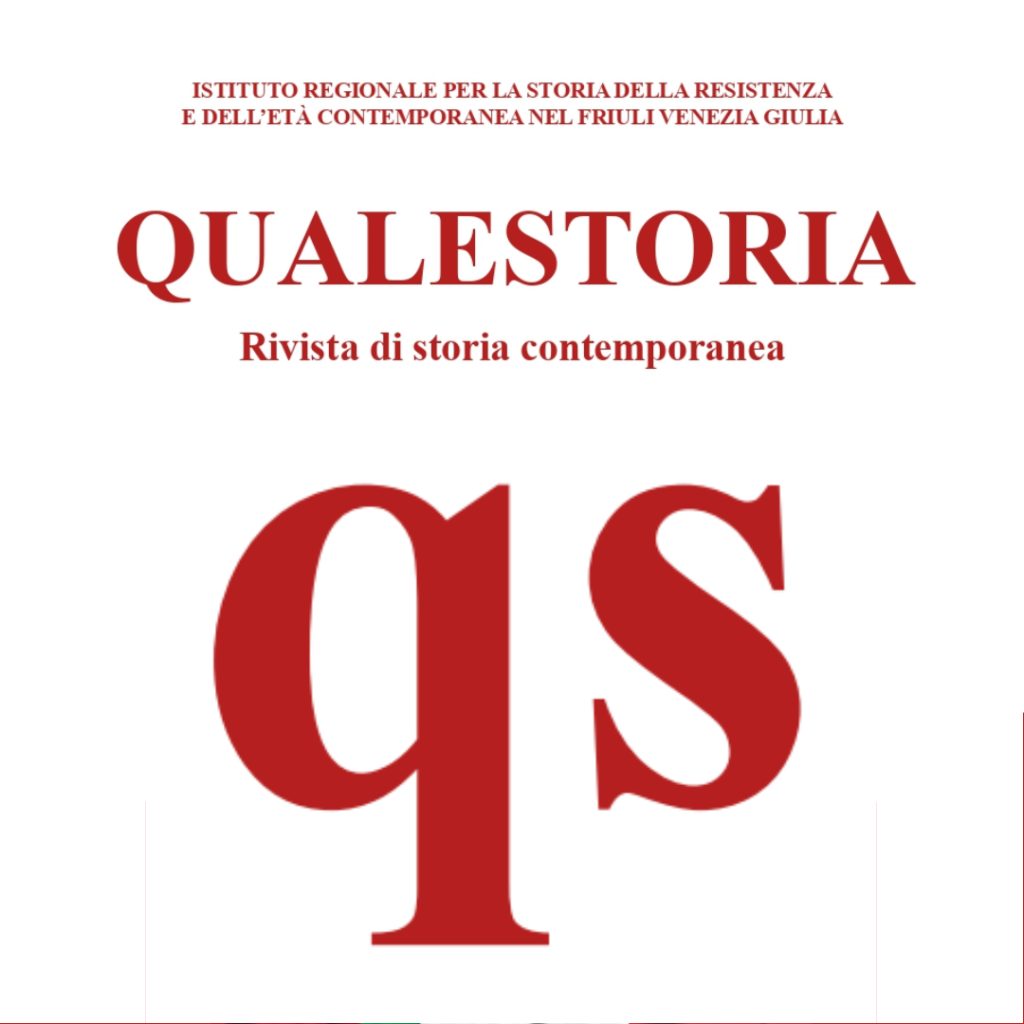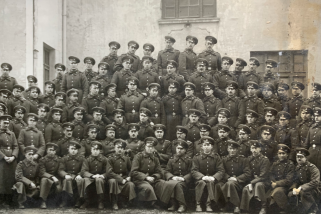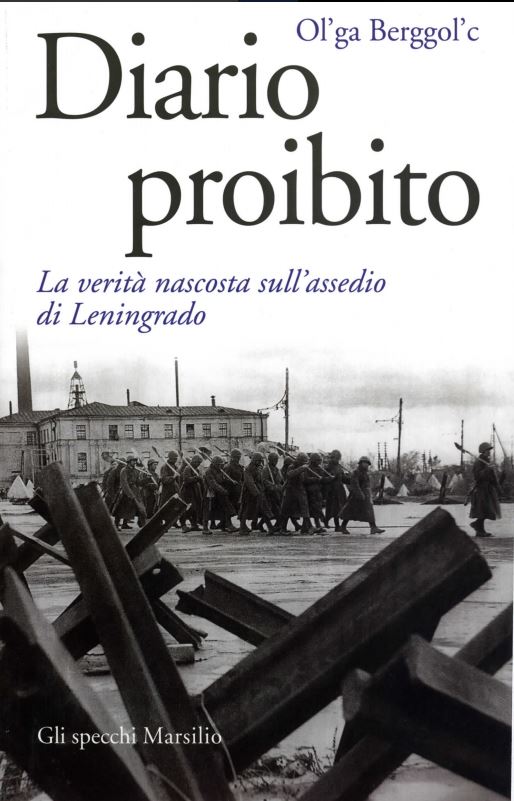Deadline for Abstract Submission: Mid-December 2017
Deadline for Article Submission: end of april 2017
Issue Editors: Gavin Slade, Anne Le Huérou, Elisabeth Sieca-Kozlowski
Today former Soviet countries hold around 10% of the world prison population – a total of almost one million people. These prisoners serve time in institutions originating in the Soviet period, conceived with a culturally distinctive carceral logic that consumed and produced Soviet ideals. Yet, there have been significant changes to prisons across former Soviet countries since the collapse of the Soviet state. Many countries in the region have committed themselves to international human rights standards, requiring the oversight of domestic and international bodies. Ideational and policy transfer often from Western jurisdictions have informed moves towards the creation of progressive regimes, risk and needs assessments, individual detention planning, and dynamic security. Architecturally, prisons are being shifted away from Soviet collective dormitories to cell-systems. Russia, by 2020, intends to have completely moved away from the dormitory system. Production facilities on the sites of the old colonies have largely fallen into disuse and their political economic function completely abandoned. In some countries such as Kazakhstan, the private sector will become a major driver of prison reform.
Since 2000, prison rates across the region have been in decline. However, these rates remain very high by international standards due to resilient punitive sentencing practices. Moreover, prisoners can resist reform and institutional legacies of Soviet practices produce obstacles to reformers’ goals. The change to the way that a society punishes is not simply a matter of reforming and creating more effective management techniques for disciplining wayward citizens. Reforming punishment resonates with and often mirrors ideological shifts about order, morality and authority within society itself. Soviet colonies aimed at re-socializing individuals through collective penal intervention; colonies also were a significant part of Soviet production. In the post-Soviet era, these same colonies often responsibilize individuals rather than resocializing them and illicit economies have overtaken legitimate work opportunities. Moreover, prisons have high visibility in the former Soviet Union as a site of (counter)cultural production of norms as well as being the topic of TV shows, music and fashion. The prison then remains a critical site of political, social and cultural contestation. The processes and contestations over reform of punishment are vital for understanding post-Soviet society.
Academic writing on prisons and punishment in the former Soviet Union has been very thin on the ground. This special issue invites contributions broadly on the topic of prisons and penality in the former Soviet Union, and this might include:The shift in techniques of prison management and forms of discipline
The reconfiguration of the concept of security in post-Soviet prisons, particularly towards dynamic security
Process tracking of penal policy making
Case studies and comparative case studies of reform across the region
Reform of juvenile justice
The role of the state and the market in the provision of goods and healthcare services in prison
The changing role of prison labour
The role of international and domestic monitoring bodies
Examinations of prisoner society and resistance under conditions of reform
Penal policy-making and policy transfer to the former Soviet Union
The development of alternatives to prison, particularly probation services and assistance with resettlement after prison, etc.
The deadline for abstracts of no more than 250 words is 15th November. Abstracts should include the topic covered, argument, data sources and conclusions. Selected submitters will be asked to provide a first draft of their paper by the end of April 2018 for publication in Autumn 2018. Submit abstracts to: Elisabeth.Kozlowski@ehess.fr
Guidelines for submission
The journal will be published in three languages (French, English and Russian with a 100-word abstract in English), as a result of which most authors will be able to write in their native language. But we would like to draw your attention to the fact that articles in English will reach a much broader audience.The articles (30 000 to 50 000 characters) submitted to pipss.org for publication should be original contributions and should not be under consideration for any other publication. Each article will be submitted to double-anonymous peer review; final decisions on publication will be made by the Editorial Board. For details about the guidelines for article submission please check http://pipss.revues.org/ 169.
We welcome also shorter research notes (15 000 signs), interviews as well as presentation of unpublished documents.
Papers dealing with other issues related to armies and power institutions in the CIS, as well as book review proposals are also welcome.












